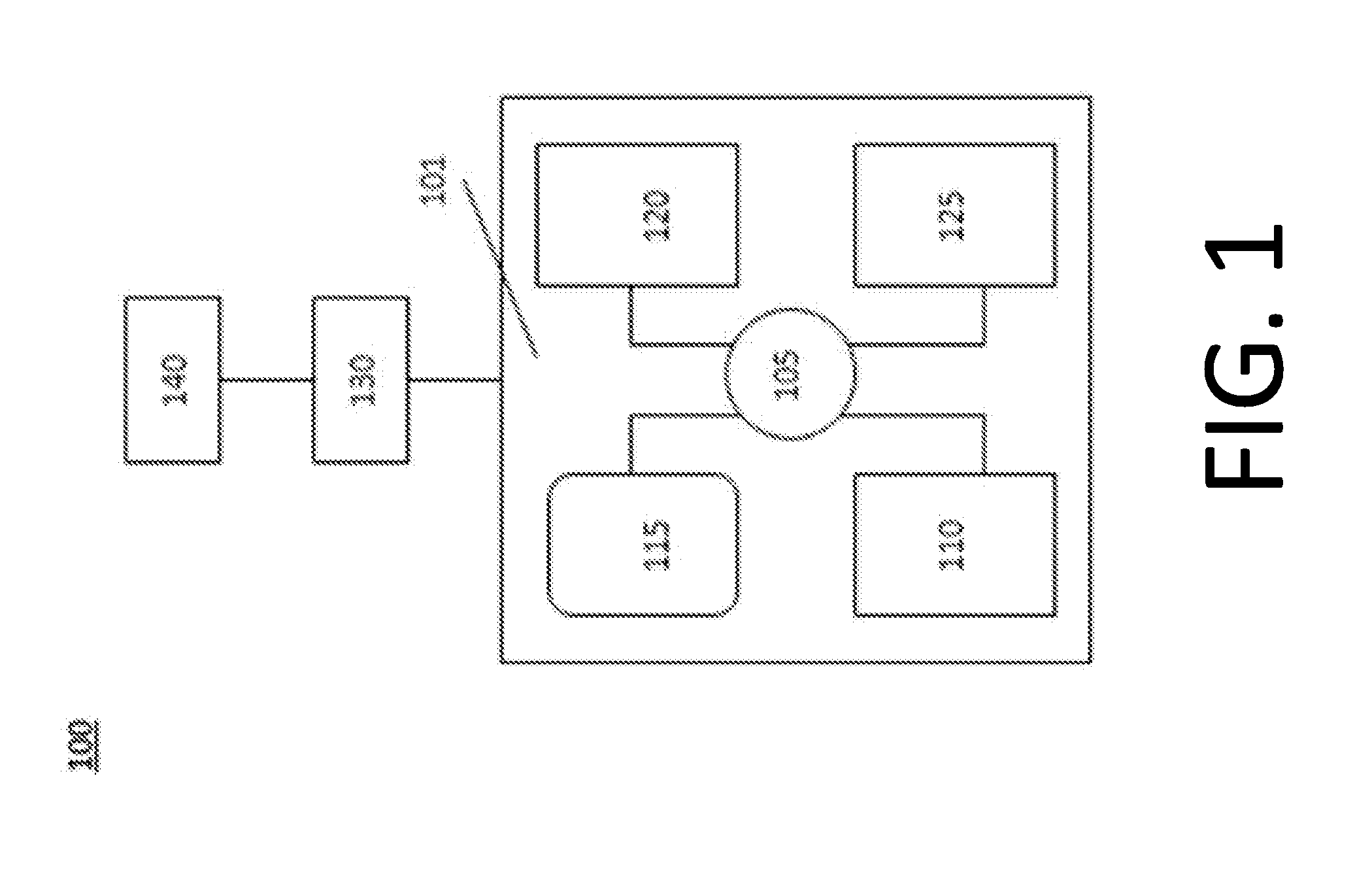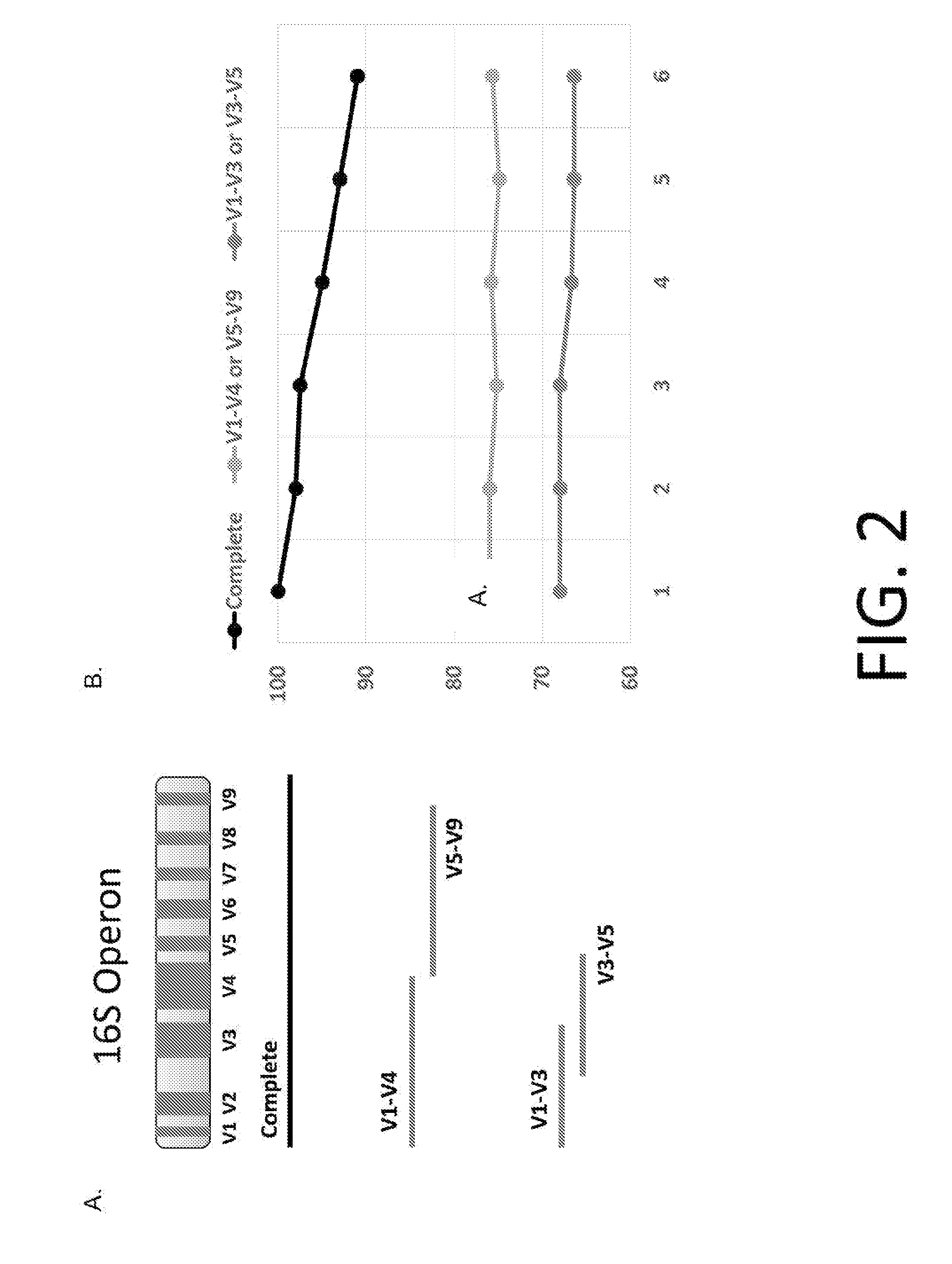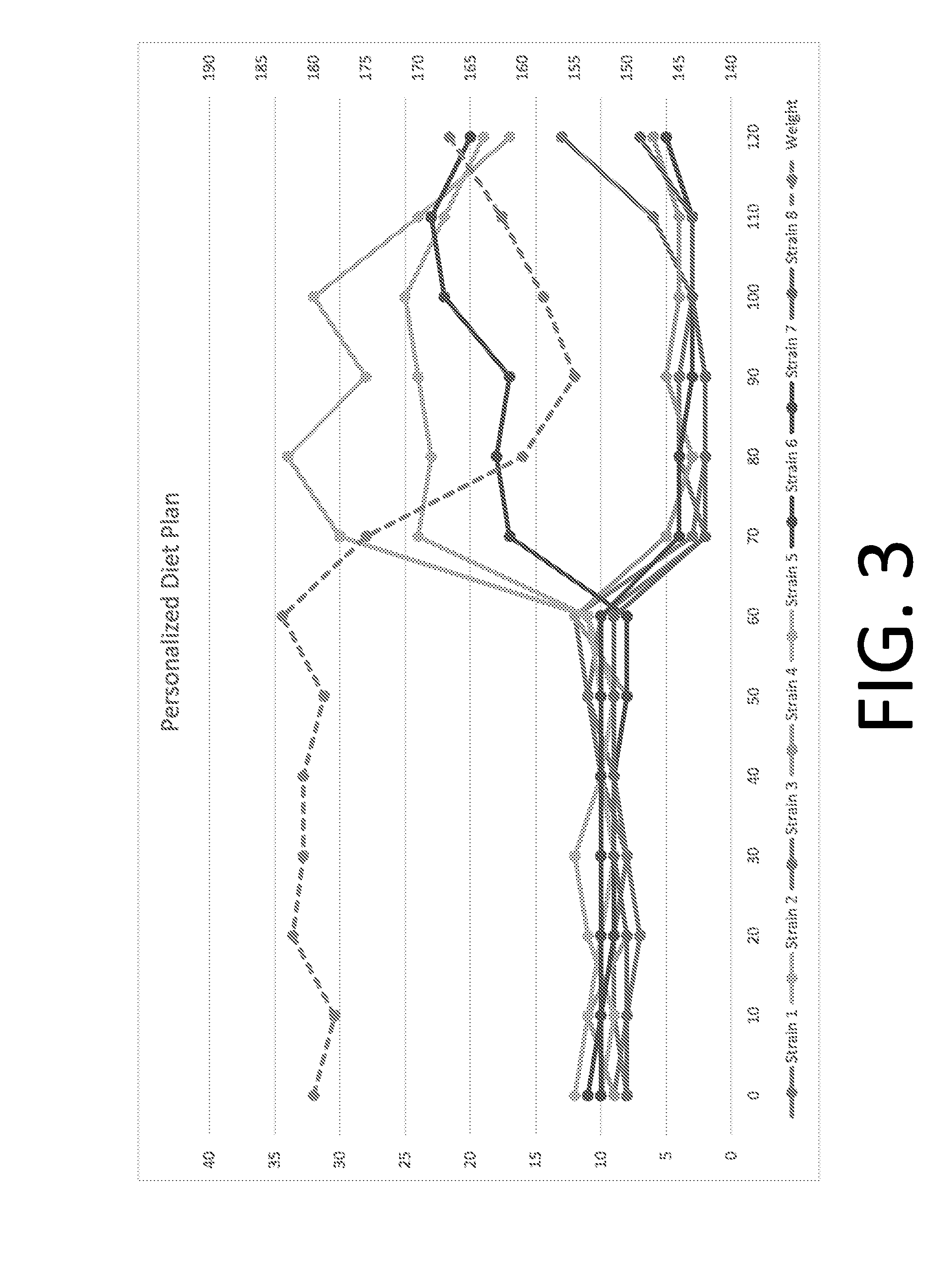Methods and systems for microbiome characterization, monitoring and treatment
a microorganism and characterization technology, applied in the field of methods and systems for microorganism characterization, monitoring and treatment, can solve the problems of difficult understanding of these relationships, significant hurdles in the development of diagnostic and therapeutic applications, and the inability to transform this large amount of data into meaningful data that can be used to develop diagnostics and therapeutics, and achieve low risk of disease, good clinical outcome, and high risk of diseas
- Summary
- Abstract
- Description
- Claims
- Application Information
AI Technical Summary
Benefits of technology
Problems solved by technology
Method used
Image
Examples
example 1
Comparison of Microbe Classification Accuracy
[0225]As more bacterial strains are identified, it has become clear that just sequencing a few of the hypervariable regions does not provide enough distinction. There are classes of bacteria now characterized that share homologous hypervariable regions. Therefore, the need to sequence the entire 16S and / or 23S and include all of the hypervariable regions is necessary to make accurate classification calls. Comparison simulations experiments were conducted with the methods of the present disclosure and the current methods in the field to determine if the methods of the present disclosure provide increased accuracy for microbe classification.
[0226]Using long read length sequence coverage of the 16S and / or 23S ribosomal subunits, allows for each sequence read yield an unambiguous assignment of bacterial identification. The current shorter read length platforms, covers only 1-3 hypervariable regions FIG. 2A. These shorter read length platforms...
example 2
Affect of Diet on a Subject's Gut Microbiome and Obesity (Prophetic Example)
[0227]Using the methods provided herein, experiments were conducted to determine if a particular diet regimen can changes a subjects' gut microbiome profile. FIG. 3 depicts changes measured and detected in an individual's gut microbiome profile to changes in diet using the methods described herein. Weight (dashed line) is a lagging indicator, when compared to the change in the microbiome structure.
[0228]A report containing individualized dieting recommendation was generated based on quantitative microbiome profile using the computer system shown in FIG. 1 was provided to a healthcare professional.
example 3
Comparison of Microbe Resolution at Strain Level of a Microbiome
[0229]Comparison simulation experiments were conducted with the methods of the present disclosure to determine if the methods of the present disclosure provide increased microbe classification accuracy at the strain level compared to the current methods being used in the field.
[0230]Samples were collected in the form of skin swabs. Briefly, a sterile swab is first dipped into a tube containing sterile 1X PBS to wet; the swab was then swiped across the area of interest 10-20 times; next the swab was gently dipped into 300 uL of lysis buffer (described herein) in a sterile 1.5 mL tube; and the swab is left in the microcentrifuge tube until nucleic acid extraction. The subsequent extraction of DNA from human skin microbiome samples includes the removal of the exonuclease was conducted followed by adapter ligation at various higher concentrations. Next, size-selection using Ampure and Blue Pippen approaches were performed ...
PUM
 Login to View More
Login to View More Abstract
Description
Claims
Application Information
 Login to View More
Login to View More - R&D
- Intellectual Property
- Life Sciences
- Materials
- Tech Scout
- Unparalleled Data Quality
- Higher Quality Content
- 60% Fewer Hallucinations
Browse by: Latest US Patents, China's latest patents, Technical Efficacy Thesaurus, Application Domain, Technology Topic, Popular Technical Reports.
© 2025 PatSnap. All rights reserved.Legal|Privacy policy|Modern Slavery Act Transparency Statement|Sitemap|About US| Contact US: help@patsnap.com



